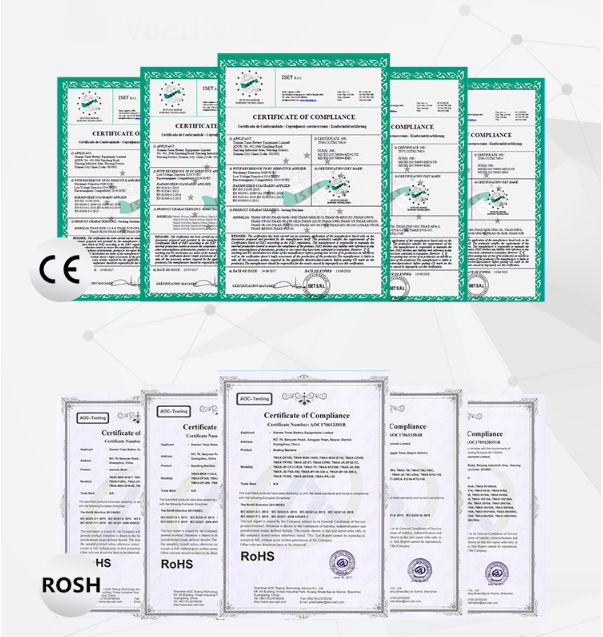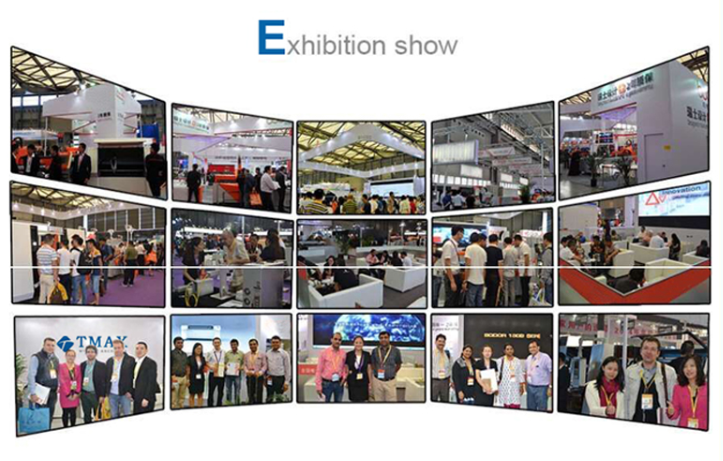- Battery Manufacturing Equipment
- Battery Laboratory Assembly Equipment
- Battery Pack Assembly Equipment
- Sodium Ion Battery Manufacturing Equipment
- Solid State Battery Assembly Line
- Dry Electrode Assembly Equipment
- Supercapacitor Assembly Equipment
- Perovskite Solar Cell Lab Equipment
- Li ion Battery Materials
- Ni / Al / Cu Metal Foam
- Customized Electrode
- Cathode Active Materials
- Anode Active Materials
- Coin Cell Parts
- Lithium Chip
- Cylindrical Cell Parts
- Battery Current Collectors
- Battery Conductive Materials
- Electrolyte
- Battery Binder
- Separator and Tape
- Aluminum Laminate Film
- Nickel Strip/Foil
- Battery Tabs
- Graphene Materials
- Cu / Al / Ni / Stainless steel Foil
- Battery Laboratory Equipment
- Li ion Battery Tester
- Battery Safety Tester
- Battery Material Tester
- Film Coating Machine
- Rolling Press Machine
- Electrode Mixer
- Coin Cell Crimping Machine
- Coin Cell Electrode Disc Punching
- Pouch Cell Sealing Machine
- Pouch Cell Stacking Machine
- Pouch Cell Forming Machine
- Pouch Cell Ultrasonic Welder
- Pouch Cell Electrode Die Cutter
- Cylinder Cell Sealing Machine
- Cylinder Cell Grooving Machine
- Electrode Slitting Machine
- Cylinder Cell Winding Machine
- Cylinder Cell Spot Welding Machine
- Electrolyte Filling
- Type Test Cell
- Other Battery Making Machine
- NMP Solvent Treatment System
- Vacuum Glove Box
- Lab Furnaces
- Ball Mill
- Hydraulic Press
- Laboratory Equipment
5V10A 256 Channel Pouch Cell Charging and Discharging Tester
Model Number:
TMAX-S23-256/10Compliance:
CE CertifiedWarranty:
Two Year Limited Warranty With Lifetime SupportPayment:
T/T, Credit Card, Paypal, LC, Western UnionDelivery Time:
3 Days
Wechat:13506084915
5V10A 256 Channel Pouch Cell Charging and Discharging Tester
Introduction
The feeder-type energy-saving battery testing equipment is the latest generation of energy-saving battery testing equipment based on PWM high-frequency power feedback technology that our company has developed after many years of research and development in China. It is widely used in lithium-ion batteries, nickel-hydrogen nickel-cadmium batteries. Formation and volumetric testing. The product's stability, energy saving, precision and quality have been welcomed and praised by many battery industries. The overall technology is currently at the leading domestic level and is leading the continuous advancement of technological changes in the battery industry.
The structure and appearance of the equipment
The structure of this equipment is mainly composed of the following parts:
1. One CPU board, the whole cabinet sends and controls uniformly.
2. There are 32 eight-channel constant current plates, arranged evenly in four doors.
3. 4 bidirectional inverter power supplies, each for 8 constant current boards.
4. Two keyboard boards, front and rear double-sided operation.

System structure and working principle
(1) System composition
1. Lithium battery pack equipment (1-10 units).
2. A computer with USB interface (provided by yourself).
3. A USB to 485 interface converter and communication line.
4. A set of product software.

Figure 1 Schematic diagram of system composition
Working principle
The equipment is controlled by a computer connection, sending instructions and collecting data, etc.; the keyboard can manually operate the equipment, displaying parameters and status; the constant current board is commanded by the CPU, and has constant current and constant voltage functions; when the battery is charged, the bidirectional power supply converts AC power to 12V Direct current, through the constant current board to realize the charging control and detection of the battery; when the battery is discharged, the process is opposite to charging, first the battery voltage is raised to 12V through the constant current board, and then the direct current is converted into alternating current through the bidirectional power supply. Into the AC power distribution network of the factory, thus realizing the energy feedback of the discharged electric energy of the battery.
Significant power-saving effect: According to actual measurement, the power consumption of the device during charging is reduced by more than 40% compared with that of traditional devices. The comprehensive power-saving rate is more than 60%, and the power consumption is more than 60%, which saves a lot of cost for battery manufacturers.

Figure 2 Block diagram of working principle
Technical parameters
|
Equipment structure |
|
|
Device channel number |
The whole machine has a total of 256 channels |
|
Dimensions |
W1620mm*D550mm*H1840mm |
|
Machine color |
Standard beige (can be customized) |
|
Fixture form |
Four-line method flat head |
|
Support battery specification |
ouch cell, max. 170mm width |
|
Power supply |
Three-phase five-wire system AC380V±10%, 50HZ AC current distortion rate ≤5% |
|
Working power consumption |
≤14KW |
|
Power factor |
≥0.99 |
|
Charging efficiency of the whole machine |
≥75% |
|
Feeder network conversion efficiency |
≥70% |
|
Equipment failure rate |
<1% |
|
Working environment |
Temperature -10~40℃, relative humidity≤80% |
|
Cooling method |
Natural intake, upward exhaust |
|
Channel parameters |
|
|
Voltage measurement range |
DC 0~5V |
|
Battery voltage range |
Charging DC 0~4.5V; discharging DC 4.5~2V |
|
Constant voltage voltage range |
DC 1~5V |
|
Voltage accuracy |
±(1‰ reading+1‰ full scale), resolution 1mV |
|
Voltage stability |
≤1‰ |
|
Current range |
Charging DC 100mA~10A; discharging DC 100mA~10A |
|
Current accuracy |
±(1‰ reading+1‰ full scale), resolution 5mA |
|
Stable current reading |
≤1‰ |
|
Software function |
|
|
way to control |
Computer control equipment work, whole cabinet control |
|
communication method |
Serial port, baud rate 57600 |
|
Process settings |
Up to 32 steps and 256 cycles can be set, with nested loop function |
|
Charging mode |
Constant current, constant voltage, constant current and constant voltage |
|
Charging cut-off condition |
Voltage, current, time, capacity |
|
Discharge mode |
Constant current |
|
Discharge cut-off condition |
Voltage, time, capacity |
|
Protective function |
Overvoltage, undervoltage, overcurrent, undercurrent, overcapacity protection, power failure protection, data breakpoint recovery |
|
Time limit |
0~30000 minutes/step, the time unit is min |
|
Time accuracy ≤±1‰ |
Sampling inspection cycle ≤1s~60s optional |
|
Battery sorting |
Sort by (capacity, time, open circuit voltage, discharge platform, etc.) |
|
Data processing |
It can record voltage, current, time, capacity and other data, automatically calculate constant current charging ratio, capacity loss, discharge efficiency, average voltage, median voltage and other data, provide data curve graphs and cycle graphs; can output generated text, EXCEL, WORD or MDB database format file |








 ru
ru



 cindy@tmaxcn.com
cindy@tmaxcn.com David@battery-equipments.com
David@battery-equipments.com Wechat:13506084915
Wechat:13506084915